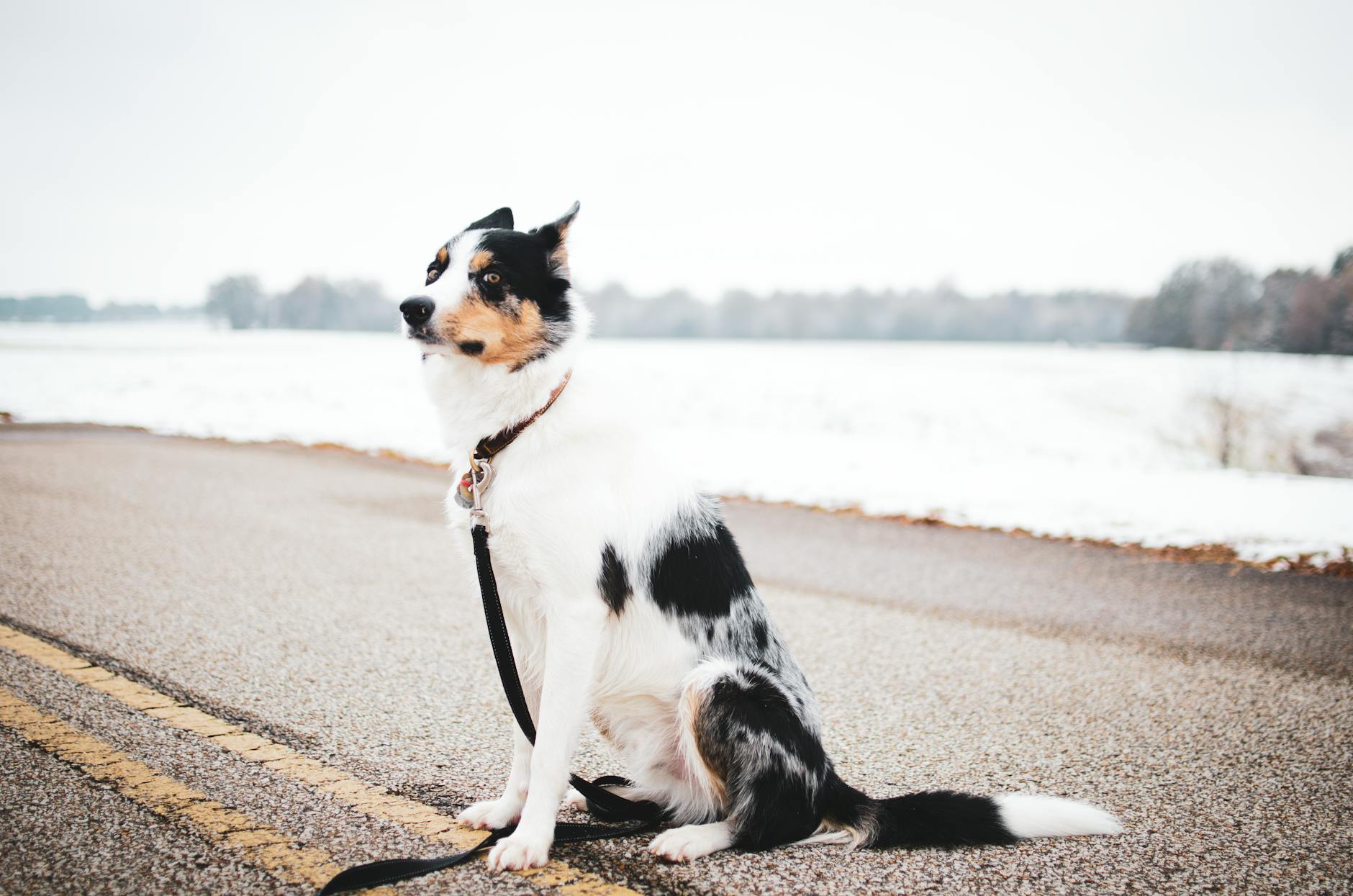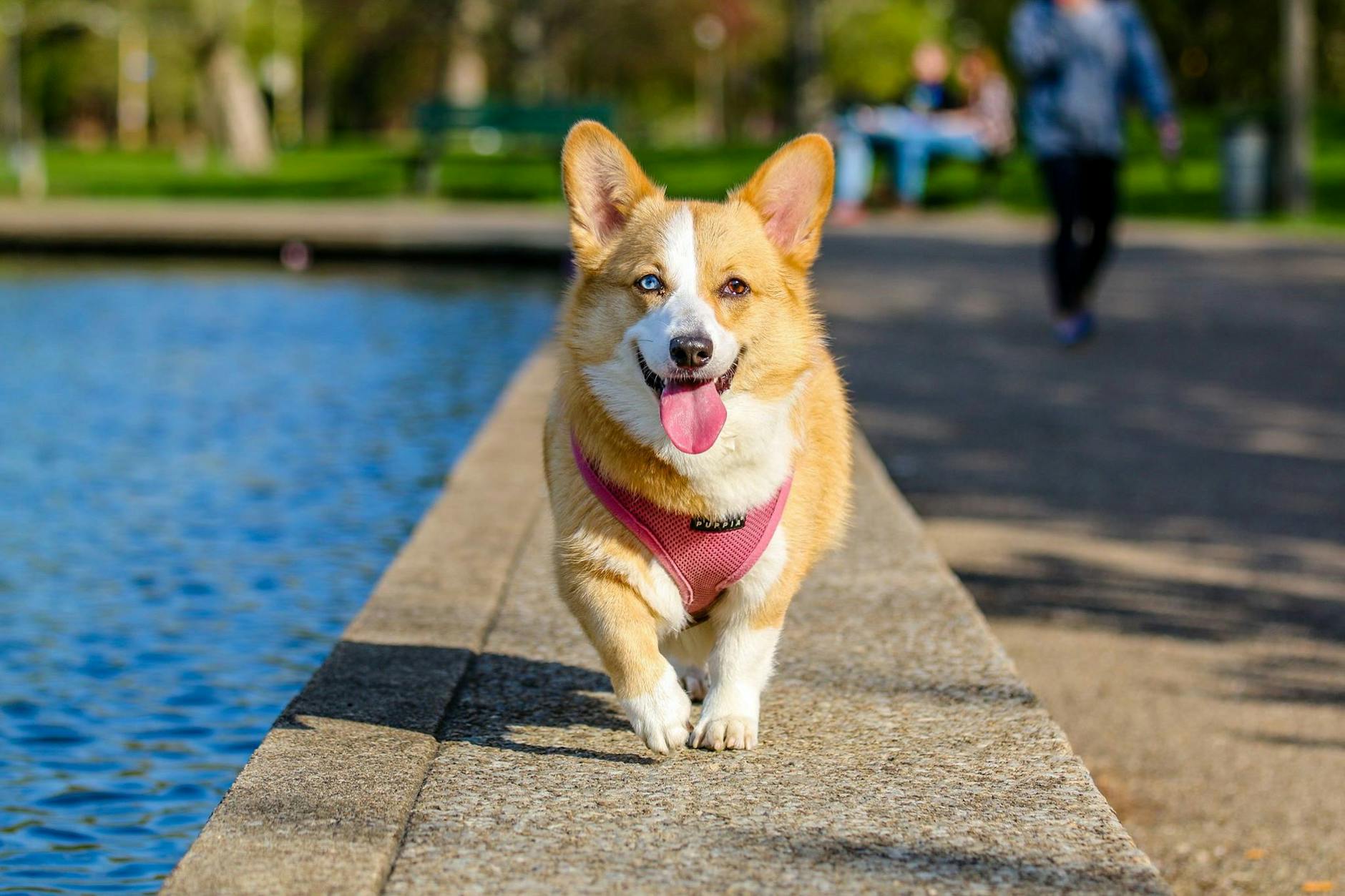Can Pet Ownership Harmonize with Australia’s Unique Natural Environment?

Impact on Local Ecosystems
Growing up on the edges of Cairns, I spent countless weekends trekking through the stunning Daintree Rainforest, a place that taught me the value of balance within nature. It wasn't uncommon to experience firsthand how introduced species can affect the local ecosystem. In particular, domestic pets like dogs can disrupt native wildlife, a reality I've observed more times than I care to admit.
One solution that’s been a game-changer for responsible pet management is technology, such as gps dog tracking. It ensures our furry friends can have the freedom to roam while we stay informed of their whereabouts. There’s also the electric dog fence; a practical way of confining pets to safe spaces without traditional barriers. This not only protects our beloved pets but also keeps them from wandering into fragile habitats or encountering wildlife they shouldn't.
It's essential, especially for young pet owners, to embrace these advancements. Technology can harmonise pet care and environmental conservation, a balance that is crucial for those of us striving to champion sustainability in regions like the Daintree. Chatting with my mates, many of them in the early stages of adulting, I've encouraged them to consider these tools. They're a way to ensure our furry companions continue to enjoy their adventures, without any negative impact on the delicate ecosystems we cherish.
Balancing Pet Ownership and Wildlife
Responsible Pet Management
I remember hiking around the Kuranda rainforest village and marveling at the diverse species that call this place home. As a sustainability advocate, I can't stress enough the significance of responsible pet management. It involves keeping our furry friends in check to minimize their impact on local fauna. Using tools like anti bark collars can help maintain peace in shared environments, reducing noise pollution that might disrupt wildlife. It’s essential to be mindful of how our companions can unintentionally endanger native species and to act accordingly.
Safe Exercise for Pets
Ensuring pets get their much-needed exercise doesn't mean putting wildlife at risk. I often take my dogs to enclosed areas where they can roam freely without posing a threat to local creatures. Many Cairns residents, for example, bring their pets to designated zones away from critical animal habitats. This approach offers a balanced way for pets to remain active while ensuring the safety of vulnerable species in areas such as the Daintree Rainforest. It’s about finding that equilibrium where both pets and wildlife can thrive without one overshadowing the other.
Promoting Co-Existence
Creating a harmonious environment requires a proactive stance. I’ve seen firsthand how educating pet owners helps foster peaceful co-existence with wildlife. Implementing strategies like training sessions and community workshops encourages pet owners to adopt preventative measures, reducing incidents that negatively impact native species. Simple actions such as correctly using a shock collar for training, rather than as punishment, can significantly contribute to harmony between our beloved animals and the vibrant ecosystem surrounding us.
Technology in Pet Care
In the lush expanse of the Kuranda rainforest village, I've often found myself contemplating how technology can gently revolutionise pet care. It’s fascinating how dog travel accessories, like customisable harnesses, contribute to both the comfort of our furry companions and the preservation of our beautiful environment. Imagine trekking through the rainforest with a perfectly fitted harness that ensures both mobility and security. These moments outside not only strengthen our bond with our pets but also deepen our connection to the ecosystems we cherish.
For those keen on minimising their environmental footprint, the use of eco-friendly products extends to items like the citronella collar. While traditional collars might be effective, a citronella variant gently harnesses natural solutions to modify behaviour, thereby blending modern innovation with ecological mindfulness. On several occasions, friends have turned to me for advice on such collars when aiming for humane ways to manage barking.
Adopting sustainable pet practices isn't about sacrificing effectiveness but aligning our love for animals with an appreciation for the abundant nature around us. Two years ago, on one of my walks with my dog, I realised the profound impact of harmonising technology and tradition; it made the experience all the more enriching. Keep in mind the environment you and your companion explore daily. With thoughtful choices, taking into account available pet technology, we can nurture a healthy relationship with both our pets and nature.
Challenges in Harmonization
Public Perception and Skepticism
When I first introduced an invisible dog fence to my aunt living in Cairns, I was met with hesitation and doubt. Like many, she was concerned about the potential harm these tools might cause to pets and the stigma around using electronic fencing. However, addressing public perceptions is crucial for harmonizing pet ownership and environmental conservation.
Through open conversations and sharing personal experiences with these systems, I've found that many fears can be alleviated by explaining how such technology works and the benefits it offers for safety without imposing physical barriers. For instance, when used correctly, these fences can allow pets to explore safely while protecting nearby wildlife.
Compliance with Environmental Policies
Another aspect demanding attention is ensuring that pet containment methods comply with local environmental policies. Living so close to iconic sites like the Daintree Rainforest, it’s pertinent to consider how our strategies align with conservation efforts. I've seen firsthand how incorrect implementations of pet technologies can negatively impact local wildlife, making adherence to environmental regulations non-negotiable.
Educating Pet Owners
Education stands as a cornerstone in this journey. Many pet owners lack awareness about tools like hidden dog fence systems. Sharing resources and conducting community workshops can foster understanding and acceptance. During a meetup in Port Douglas, I shared stories from fellow pet lovers who successfully integrated technology to keep their pets safe, ultimately preserving natural habitats around them. This collective learning experience encouraged attendees to act responsibly towards wildlife conservation.
Best Practices
Collaborate with Local Wildlife Experts
When it comes to living in harmony with our vibrant environment, engaging with local wildlife experts can be a game-changer. I remember a trip to the Kuranda rainforest village where I was amazed by the richness of life. By connecting with experts who deeply understand the delicate ecosystems, we gain invaluable insights into how pet ownership can co-exist with our cherished natural surroundings.
Create Impactful Awareness Campaigns
Raising awareness is crucial. Imagine wandering through the Daintree Rainforest and coming face-to-face with the majesty and fragility of its inhabitants. Awareness campaigns can evoke similar emotions, fostering a protective stance towards our environment. Through community events and educational programs, we can highlight the significance of responsible pet ownership. Collaborations with places like the Wildlife Habitat in Port Douglas can also help drive the message home.
Promote Ethical Product Usage
As much as we adore our furry friends, choosing the right products is essential. Ethical pet products not only benefit our pets but also reduce environmental impact. From biodegradable poop bags to organic pet foods, every choice matters. Supporting ethical practices contributes to a cleaner, safer habitat for both wildlife and our pets. Plus, when you pick up those eco-friendly items, you are not just a consumer; you're an advocate for sustainability.


